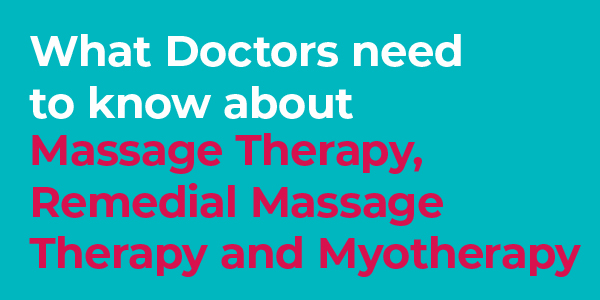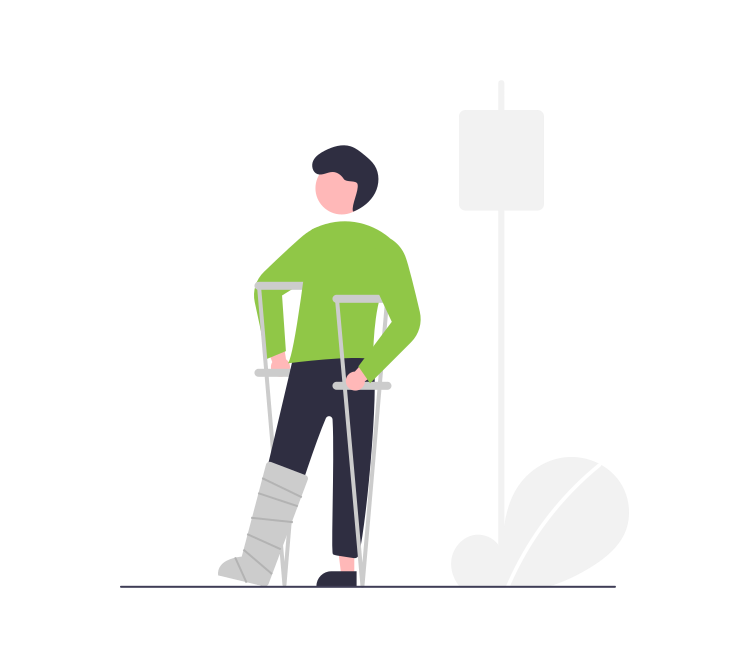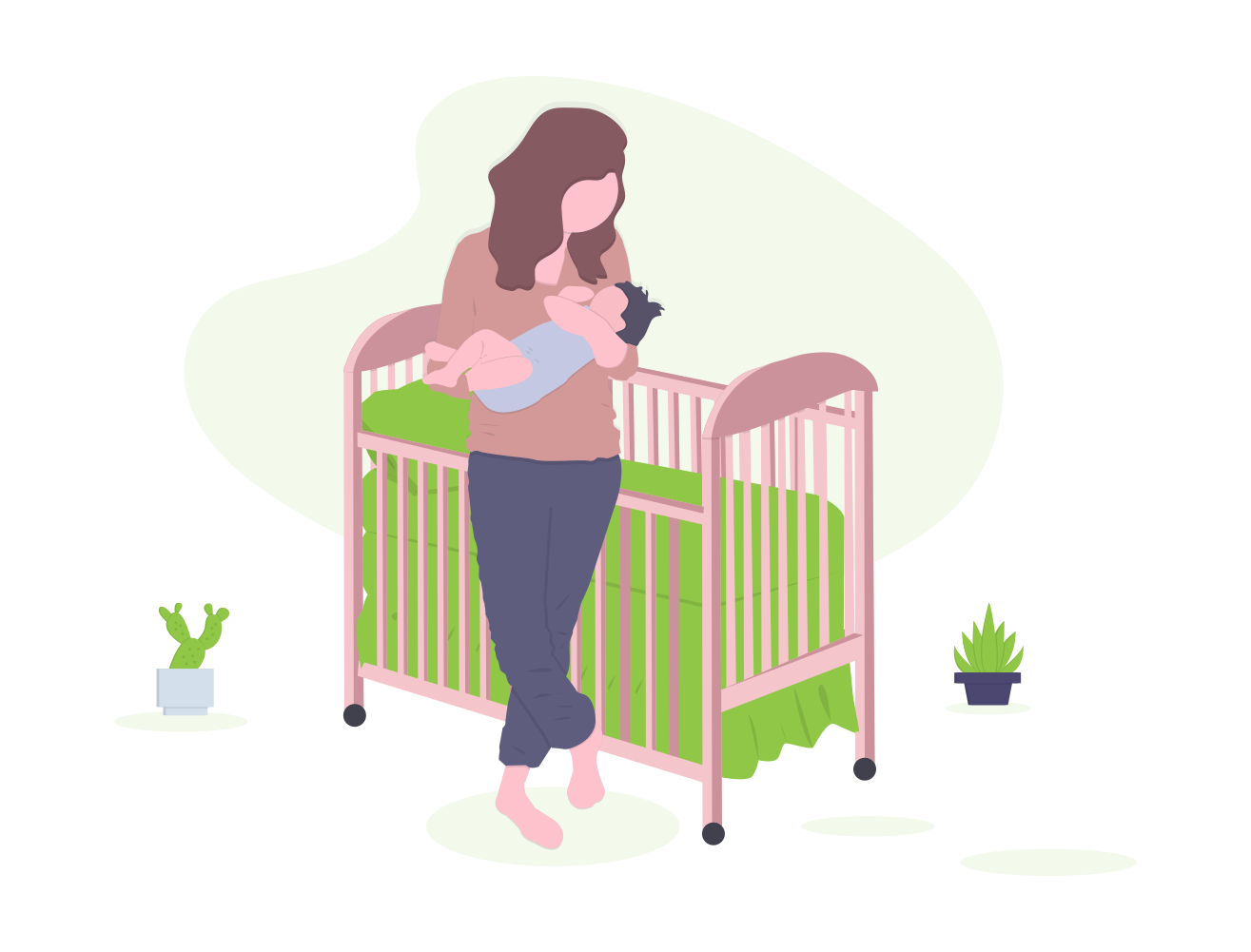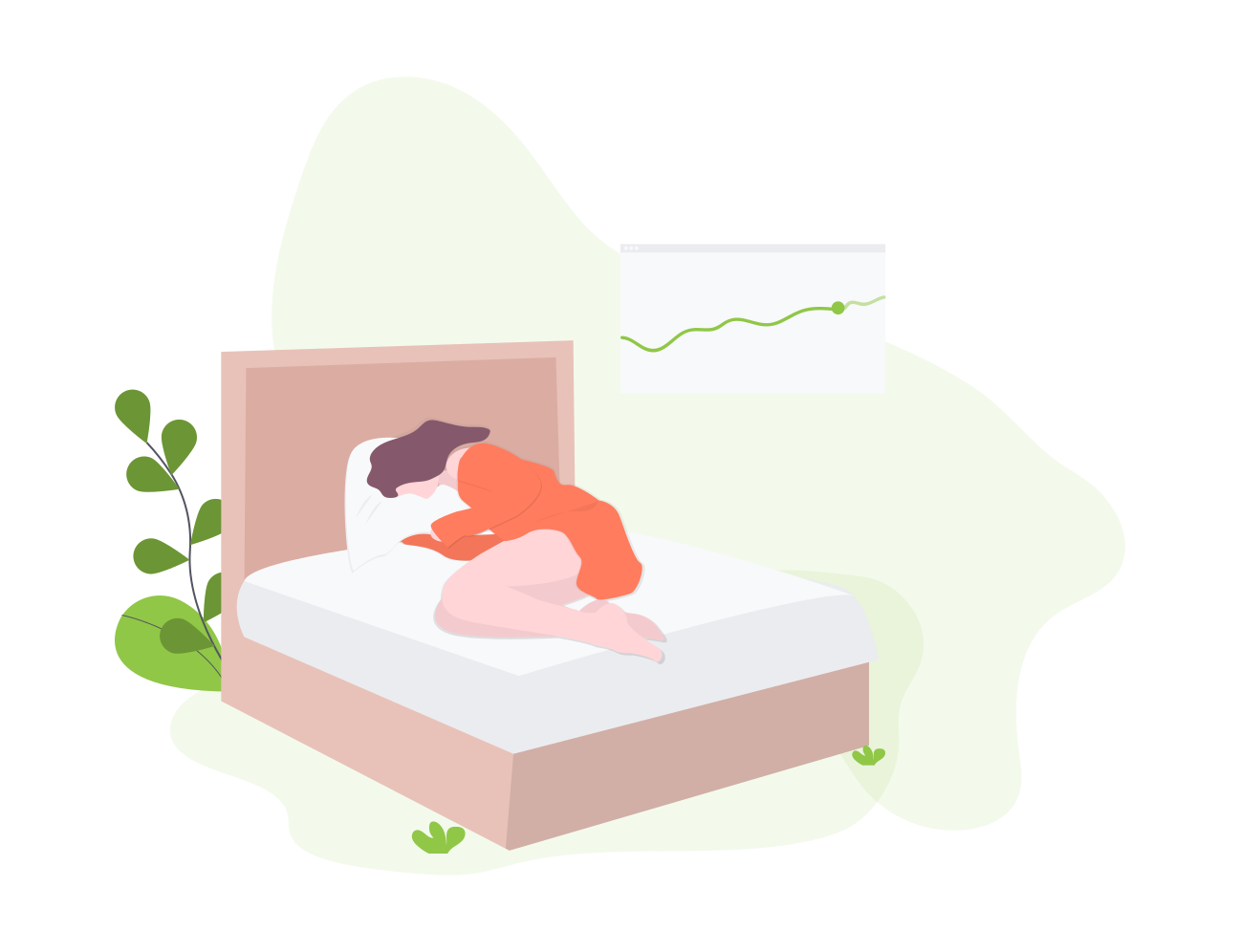
Massage and Myotherapy Use in Multidisciplinary Care
With the growing use of remedial massage therapy and myotherapy in multidisciplinary and patient-centred care, General Practitioners have highlighted a need for more research information to improve communication with patients about its use.
Like advising on any treatment, a knowledge of what the research says about remedial massage therapy and myotherapy is essential for general practitioners. A summary of research with citations to papers follows:
Medical Recommendations
RACGP and other international peak health bodies

The Royal Australian College of General Practitioners (RACGP) recommend the use of massage, suggesting it can improve pain, depression and sleep1, as well as a part of the management of hip and knee osteoarthritis.
The National Institute for Health and Care (NICE) guidelines also recommend considering massage and manual therapies as part of the management of hip and knee osteoarthritis and low back pain, with or without sciatica.
One of the leading sources of clinical guidelines in musculoskeletal disease and orthopaedics, the Journal of Orthopaedic and Sports Physical Therapy (JOSPT), recommends the use of massage and manual therapy to reduce pain, and improve function in a wide range of painful musculoskeletal conditions, including plantar fasciitis2, acute and chronic low back pain and neck pain, with and without headache or radiation.3
Most GPs surveyed regard massage as effective
Surveys of Australian general practitioners' attitudes toward massage therapy have shown that 84% considered it a moderately to highly effective treatment and 91% regarded it as safe5. More than three-quarters of GPs (76.6%) referred to massage therapy at least a few times per year, with 12.5% recommending it weekly4.
Importantly, reports of positive results from patients receiving massage therapy increased referrals among GPs.5
Aiding Acute and Chronic Pain Management

Massage therapy has been shown to aid in the treatment of acute pain and prevention and management of chronic pain.
The integration of massage therapy into the team-centred approach of patient care may help in preventing the transition from acute to chronic pain.
Effective with chronic back pain.
There is an emerging body of evidence that supports the effectiveness of massage therapy for the treatment of non-specific low back pain6, one of the ten most common general practice patient presentations in Australia.
Studies have found massage to be effective for persistent back pain and preliminary evidence suggests that massage and manual therapy were associated with decreased health care costs. Systematic review of 25 studies found that manual therapy had cost benefits over standard care approaches including GP advice and education, exercise and stabilisation7. An RCT of 409 people with back and neck pain, found that 6 massage and manual therapy treatments over 6 weeks led to better improvements in quality of life and pain intensity, compared to standard GP education and physical activity advice, while costing less.8
Improvement in osteoarthritis and WOMAC scores.
Massage therapy has shown to be efficacious in the treatment of osteoarthritis of the knee, another of the ten most common general practice presentations, with participants showing significant improvements in the mean global WOMAC scores (Osteoarthritis Index), pain, stiffness and physical function, both as a standalone treatment9, or alongside exercise rehabilitation10 (Refer to Fact Sheet 1 – Women and musculoskeletal disease).
Improvement in shoulder pain and range of motion.
There is also evidence that suggests soft tissue massage is effective for improving pain, function and range of motion in patients with shoulder pain11 and neck pain12&13; (refer to Fact Sheet 5 – Pain management).
Improved post-surgical pain and anxiety.
Pain management is critical for patients after surgery and massage therapy has been shown to improve post-operative pain and anxiety14&15. The integration of massage therapy into the acute care setting has been shown to provide benefits to patients’ ability to deal with the challenging physical and psychological aspects of their health conditions and enhance the recovery process.16
Deduced acute pain and healing improvements.
Effective management of acute pain is vital in preventing the transition to a costly chronic state, which has negative outcomes for patients and healthcare systems. Massage can provide significant reductions in acute pain levels, but also improvements in related relaxation, sleep17, mood18 recovery, and finally, the healing process. These factors all contribute to effective resolution of acute pain states, preventing development of chronic conditions. Additionally, preliminary evidence suggests that massage may also reduce the costs of care after an initial course of therapy in the acute pain setting19 (refer to Fact Sheet 3 – Injury, rehabilitation and recovery).
Aiding Mental Health and Sleep
Effective management of stress, depression, and anxiety.
Psychiatric illness accounts for a large proportion of general practice presentations. Massage therapy has been shown to significantly reduce psychological stress levels, as well as alleviate the symptoms of depression and anxiety.20 It has also been shown to improve emotional well-being, relaxation, vitality and quality of sleep.21&22 Massage can also enhance positive well-being and reduce stress perception among older adults, a vitally important factor in the face of an ageing population23 (refer to Fact Sheet 8 – Positive mental health).
Improvements in Pregnancy and Postnatal

Reduced pain and anxiety in pregnancy and postnatal
Remedial massage therapy and myotherapy provide a viable non-pharmacological treatment option.
Anxiety, depression and low back pain are common during pregnancy and the postpartum period. Non-pharmacologic treatments for these mental health symptoms are critically important during these periods.
Massage therapy has been shown to effectively reduce lower back pain24 while also reducing anxiety, depression and cortisol levels throughout the pregnant and post-partum periods25&26 (refer to Fact Sheet 7 – Perinatal and postnatal care).
Improvements in premature births.
As a secondary effect to these improvements, massage has also been shown to reduce premature birth and low birthweight27.
Oncologists Include Massage in Multidisciplinary Care Plans
Oncology massage is not new and has long been available in many cancer centres. The use of massage is supported by a large body of evidence demonstrating its efficacy.
Notable centres include the Chris O’Brien Lifehouse, Kinghorn Cancer Centre, Olivia Newton-John Cancer and Wellness Centre, Peter MacCallum Cancer Centre, and many others. A number of studies have shown benefits in pain, mood, and anxiety following massage in a range of oncology settings, including breast cancer28 bone metastases29, and terminal disease30 (refer to Fact Sheet 4 – Oncology massage).
